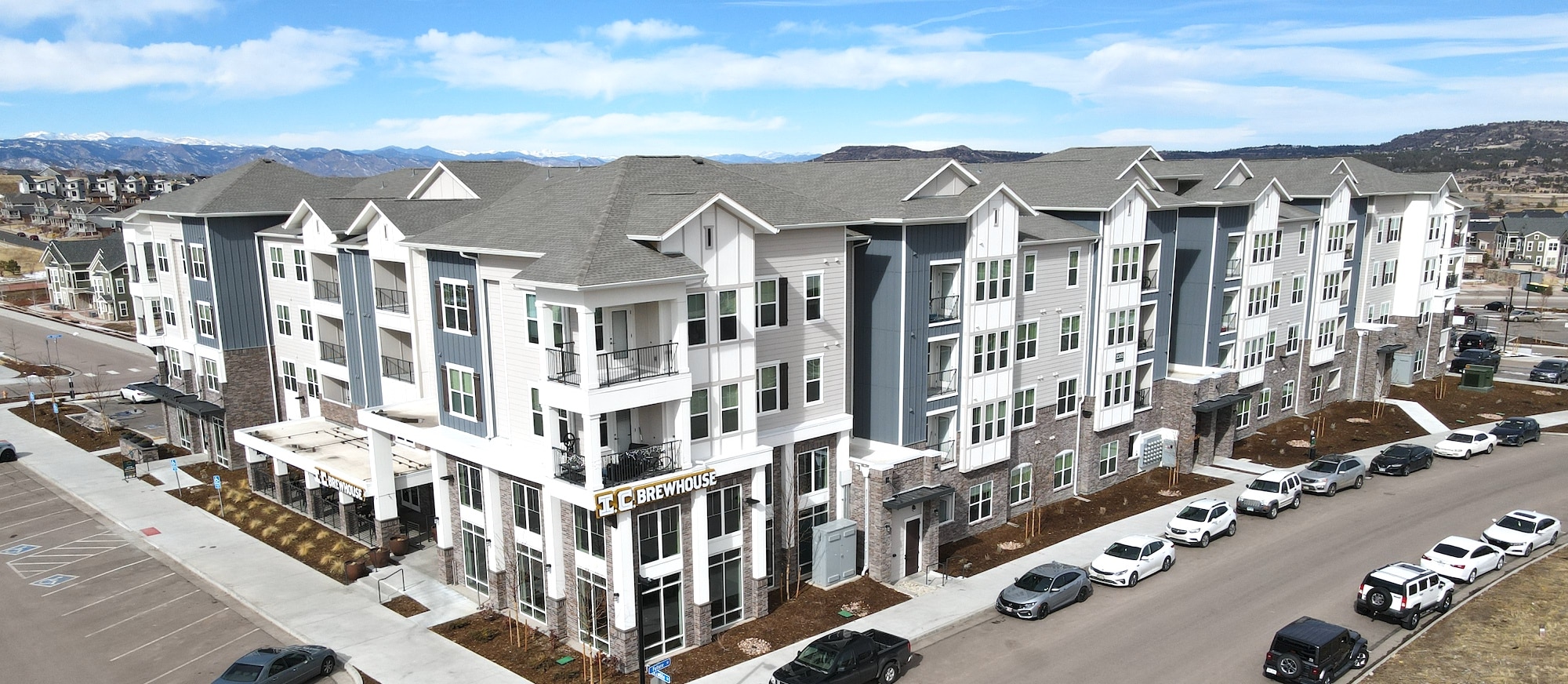Colorado Springs History
Table of Contents
The story of Colorado Springs’ history is rich and varied. Originally the home of Indigenous peoples such as the Ute, Cheyenne, Arapaho, and others, the Pikes Peak region now hosts many towns first constructed during the Colorado Gold Rush era, including Colorado Springs.
Today, this city is thriving. It’s home to the Air Force Academy, U. S. Olympic Training Center, and other major military installations and cultural institutions. Read on to learn from your local roofing company how Colorado Springs grew from its humble beginnings into the bustling metropolis it is today. [colorado springs history]
1859: Founding of Colorado City
To get the full history of Colorado Springs, you have to start with the founding of Colorado City. The town was created from one of many mining camps created during the Pikes Peak Gold Rush. When prospectors discovered gold in the area, tens of thousands of people came to seek their fortune.
The town was the first settlement in the Pikes Peak region, as well as the capital of the Colorado Territory for just under a year (1861-1862). It’s now a neighborhood within Colorado Springs (you might know it as Old Colorado City).
1870s: William Jackson Palmer Founds Colorado Springs
William Jackson Palmer started his career as a general in the Civil War. After the end of the war, he worked with a railroad company as a civil engineer and surveyor. Working on the railroad routes brought him to Colorado. He saw land with the potential to house a resort town and decided to build Colorado Springs in 1871. [colorado springs history]
While most of the Colorado Springs residents of the time were wealthy inventors, artists, and other elites, the town was also a health resort for people with tuberculosis. From the late nineteenth century throughout the twentieth century, tuberculosis patients came to Colorado Springs to reap the health benefits of the dry climate, high altitude, and mineral springs. [colorado springs history]
They would often stay in boarding houses or in sanatoriums for tuberculosis treatment. Several of the sanatoriums in the city became hospitals that still exist today.
1899: Tesla Experimental Station
Located at the top of Knob Hill on Pikes Peak Avenue, the Tesla Experimental Station was built and used by Nikola Tesla and several of his assistants for experiments on the conductive potential of low-pressure air. This building housed the largest Tesla coil in history. Tesla conducted many experiments on the grounds, and one of these experiments even caused a power outage for the rest of the city. Unfortunately, the lab no longer exists, as Tesla had to tear down the building just five years after it was built to auction off its contents and satisfy his outstanding debts.
1937: El Pomar Foundation Was Founded
In the late nineteenth and early twentieth century, Spencer Penrose made his fortune by founding the Utah Copper Company. After settling in the Colorado Springs area, he and his wife Julie founded the El Pomar Foundation.
Through the foundation, they provided funding for hospitals, youth programs, and various arts organizations in the area. The organization still provides grants and programs throughout the state of Colorado to this day. [colorado springs history]
1947: Opening of the Cotton Club
Across the street from the Antlers Hotel, Fannie Mae Duncan ran the Cotton Club, the first integrated jazz club in Colorado. The Cotton Club played host to such famous talents as Duke Ellington, Etta James, Billie Holiday, and more.
Even though the club was a wildly popular establishment, it closed in the mid-1970s due to local urban renewal efforts. However, the city has since recognized Duncan’s contributions to arts and culture. In 2019, a statue was built in her honor in front of the Pikes Peak Center, located in the heart of downtown Colorado Springs.
1971: Garden of the Gods Named National Historic Landmark
![A Brief History Of Colorado Springs [Timeline] colorado springs history garden of the gods](http://weroof.com/wp-content/uploads/2023/02/colorado-springs-history-garden-of-the-gods.webp)
The city of Colorado Springs has always prioritized the preservation of parks and outdoor spaces. The first park in the city, Acacia Park, was included in the initial plans for the city design drawn up by General Palmer, and dozens of parks are still accessible throughout the city today.
Garden of the Gods Park, one of the most famous outdoor spaces in Colorado, was named a National Historic Landmark in 1971. Millions of people visit the park every year, where they can hike, camp, go horseback riding, and more. [colorado springs history]
1979: Rock Ledge Ranch Historic Site Opened
Just years after Garden of the Gods Park became a national historic site, Rock Ledge Ranch was added to the park. It provides residents and tourists the opportunity to experience what life in Colorado Springs has been like throughout the centuries. Visitors can see what life was like for the Ute people, visit farm animals, play Victorian games, and watch a blacksmith at his trade.
Historic interpreters can tell you anything you want to know about the various settlers of the area, farming throughout the centuries, and historical architecture practices and how they differ from the construction and roofing trends of today.
Colorado Springs History: Thriving Then and Now
![A Brief History Of Colorado Springs [Timeline] colorado springs history meeting the right team](http://weroof.com/wp-content/uploads/2023/02/colorado-springs-history-meeting-the-right-team-copy.webp)
Today, Colorado Springs, CO, is a popular tourist destination and a great place to call home year-round. True to its historic beginnings, it continues to be a thriving center of industry, commerce, and culture. [colorado springs history]
While spending time in the great outdoors and taking in all the Colorado Springs history the area has to offer, it can be easy to forget about the routine upkeep of being a homeowner. Thankfully, Tectum Roofing is here to take care of all your roof repair needs. Give us a call today to find out how we can help with your next project! [colorado springs history]
![A Brief History Of Colorado Springs [Timeline] colorado springs history downtown arial view](https://weroof.com/wp-content/uploads/2023/02/colorado-springs-history-downtown-ariel-view.webp)


